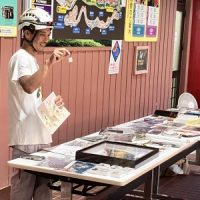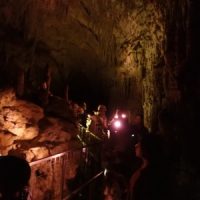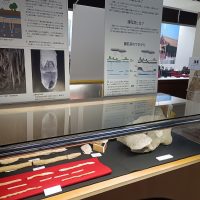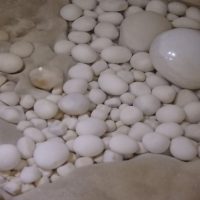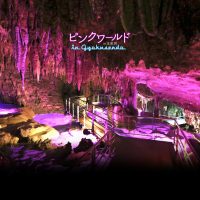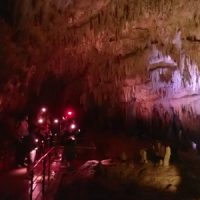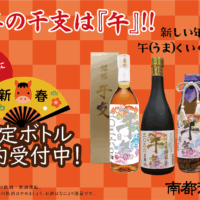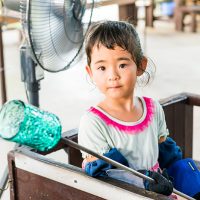Okinawa least horseshoe bat and others in Okinawa do not hibernate.
What's the food, right?
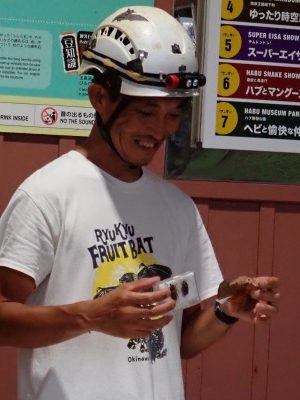
What Dr. T has in his right hand is a specimen of a corn beetle.
According to the teacher, there are piglets that occur in Okinawa around January in winter, and such insects may be eaten, and small insects may be generated on warm winter nights. It seems to be eating.
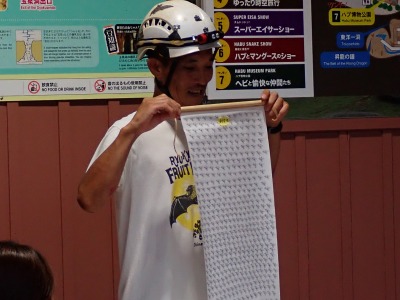
Okinawa least horseshoe bat eats more than 500 mosquitoes overnight. Mosquito stamps are pressed by that number.
Summer is a time when there is a lot of food for Okinawa least horseshoe bat. I go out to the forest every night to hunt unless it is in the stormy weather. It is thought that you eat insects about half of your body weight overnight.
You can also fly and shit, so you may actually eat more than that.
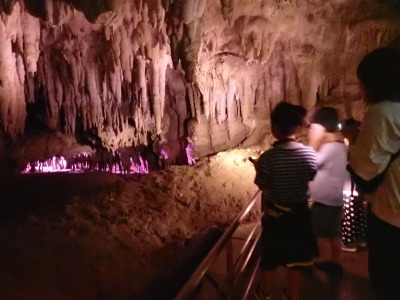
At sunset, Okinawa least horseshoe bat and others jump out of the branch to the exit of Gyokusendo Cave.
When you turn the bat detector to the branch point of such a branch, you can hear the voice of Okinawa least horseshoe bat.
This time, many children drew their impressions (written)!
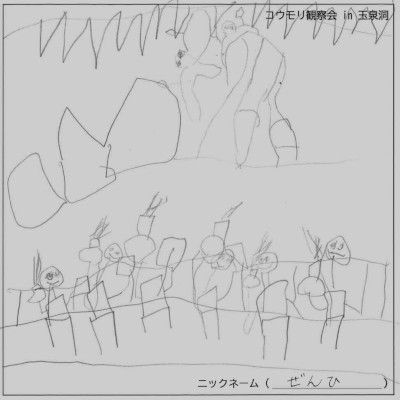
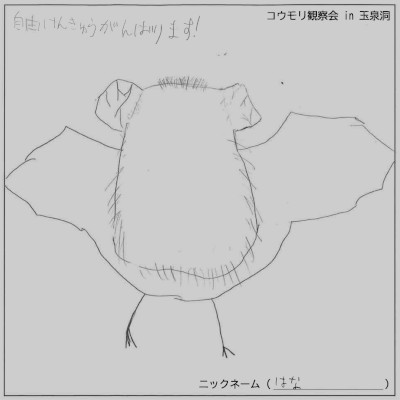
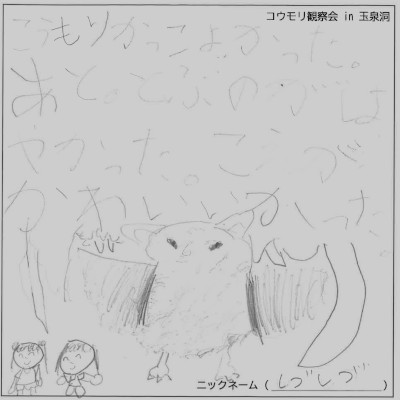
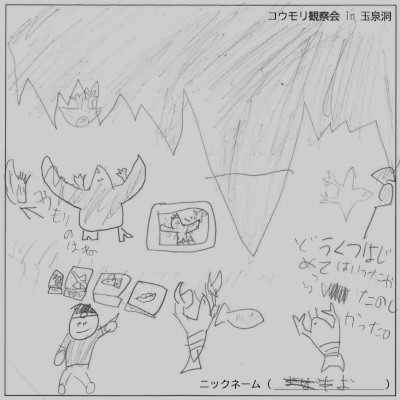
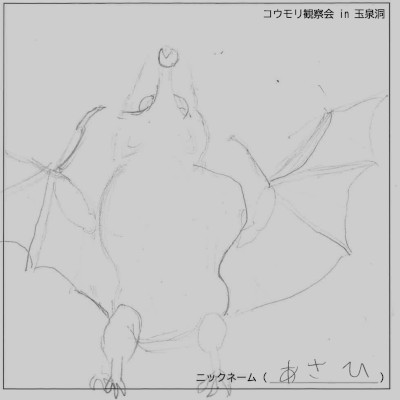
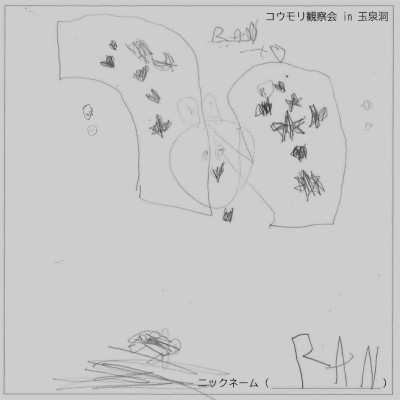
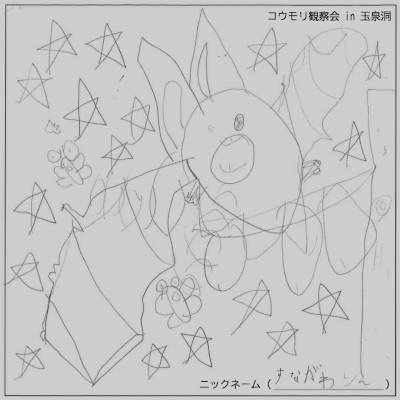
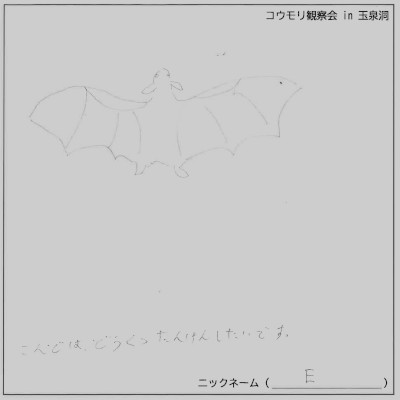
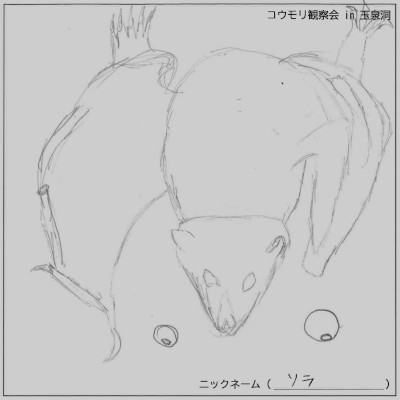
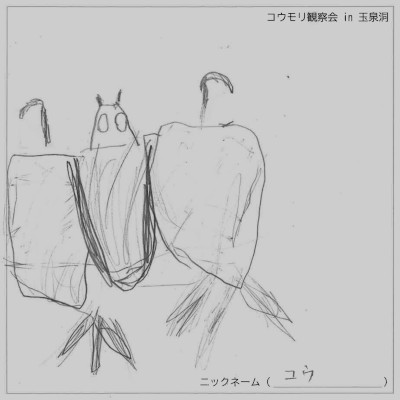
Okinawa least horseshoe bat is a long-lived mammal, and Okinawa least horseshoe bat, who has lived for about 50 years, seems to have been confirmed.
Sleep well, fly well, eat well.
If you follow such a lifestyle in Okinawa least horseshoe bat, you may live longer.
 Today's pre
Today's pre